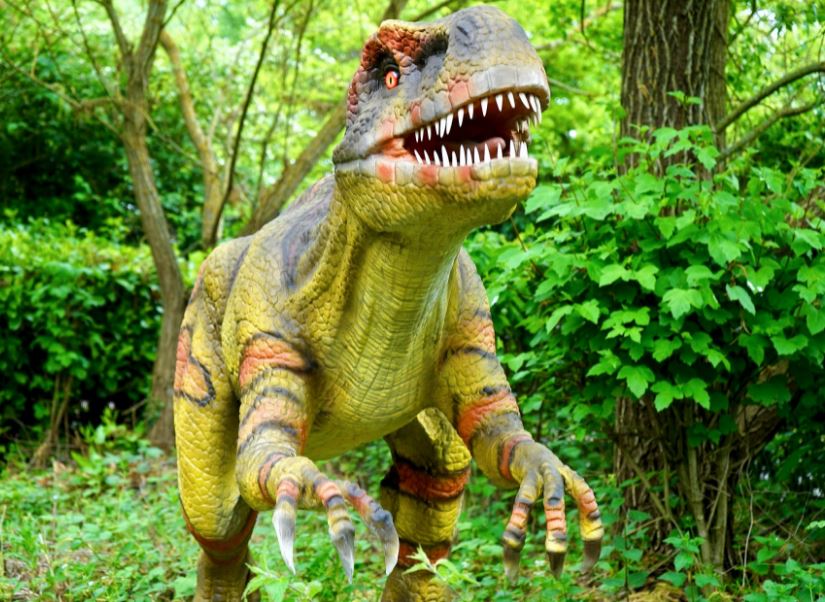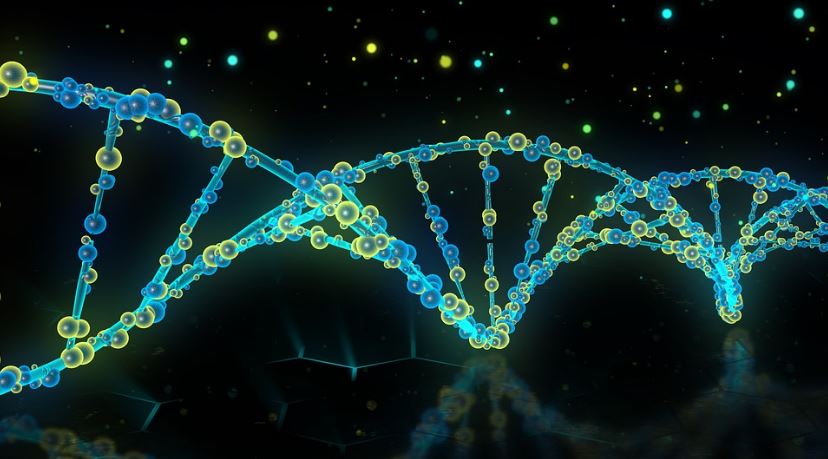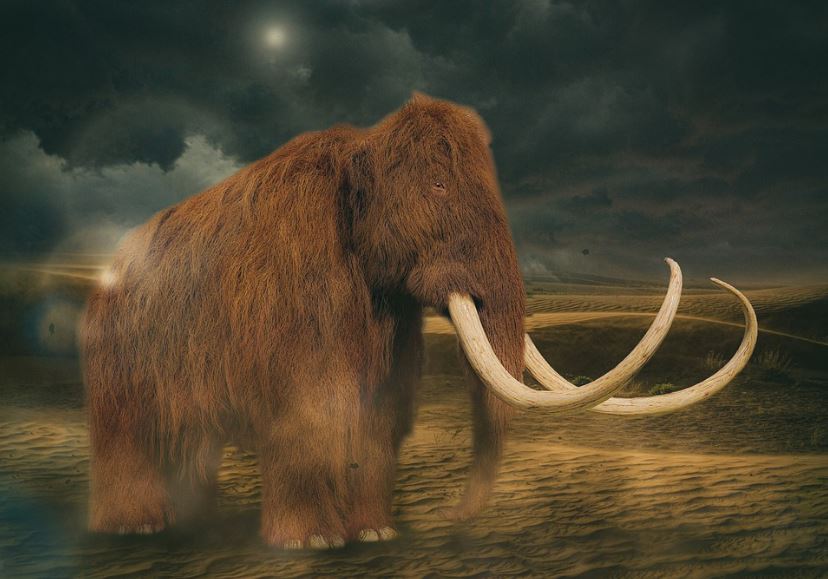When the movie Jurassic World first came out, the world seemed like it was ruled by dinosaurs. Wherever you direct your eyes on, there were dinosaurs – dinosaur parks, dinosaur books, dinosaur commercials, and dinosaur-inspired toys.
Perhaps there is something about these extinct mammals that tickle our human curiosity. Watching them on the big screen gave us the reality of the natural world millions of years ago. Back then, the idea of bringing them back from the dead was science fiction. Instead, it is nothing but a movie plot.
Fast forward today, there are various advances in technology that could maybe bring back these reptile giants. Thanks to genetic engineering, modern scientists are actively working on making Jurassic Park a reality. While dinosaurs are physically impossible to resurrect because their DNA is gone for good, these geeks are looking to revive the saber-toothed cat, woolly mammoth, and the dodo that are now extinct.
This emerging field has its own name: de-extinction.
What is De-extinction?
Also known as resurrection biology, de-extinction is the scientific process of bringing back species that have died out.
Natural events such as climate change (which then caused a shift in sea levels) can trigger animal extinction. At the same time, human activity could also be responsible for these species’ extinction. Modern extinctions are caused by pollution, the introduction of foreign species, overfishing or overhunting, and habitat destruction.
For instance, the Pyrenean ibex was declared extinct for the first time in 1825. Most of the species were killed for their horns. The horns were then hung on a wall and used as a trophy for the rich people’s homes. As they became endangered, many animal welfare groups tried to protest against poaching and placed trackers on the remaining animals.
However, all their efforts were futile. In 2000, the last Pyrenean ibex, named Celia, died. Her tracker stopped moving. A team checked on her and saw that a fallen branch had killed her. Previous attempts to mate her failed. She literally was the end of the line.
The scientist in-charged of Celia preserved her cells in nitrogen. Three years later, a miracle happened. They have successfully hybrid a Pyrenean ibex. However, the animal only lasted for seven minutes due to lung complications.
An extinct species was brought back – then ten minutes later, it was gone again.
Back then, this notion is nearly impossible. Fortunately, however, few scientific breakthroughs open the way for resurrection biology. One of these critical advances was the somatic cell nuclear transfer (SCNT).
Somatic Cell Nuclear Transplant
The scientist injected the nuclei from Celia’s cells into goat eggs whose DNA was removed. They then implanted 57 of these eggs into different surrogate mothers. As a result, only seven goats became pregnant, but six of them had miscarriages.
Only a single goat carried an infant with Celia’s DNA. So when it was time for the labor, the scientists performed a cesarean section on the mother goat.
Despite efforts to help the baby goat breathe, she struggled to take in air. An autopsy late revealed that her lungs had grown a lobe that was a big piece of liver.
Cloning might even bring back extinct species, but this requires living cell samples, which aren’t always available for long-extinct mammals like mammoths. As a result, proponents of mammoth extinction are turning their attention to genetic engineering (via a woolly mammoth-Asian elephant hybrid).
Examples of De-Extinction
Two Russians, Sergey Zimov and his son Nikita are attempting to recreate the ice age era in a remote area of Siberia. Their goal is to rebuild the terrain and ecosystem of northern Siberia during the Pleistocene, a period in Earth’s history that lasted roughly 2.5 million to 11 thousand years ago.
Massive glaciers and ice sheets covered much of the northern hemisphere at the time, and the environment was much colder than it is now. As a result, humans coexisted with long-extinct animals such as saber-tooth cats, giant ground sloths, and woolly mammoths.
These scientists are aiming to make mammoths walk the Arctic tundra again.
They would do this by creating splicings of DNA recovered from frozen mammoth specimens. They would then insert into a female Asian elephant, the mammoth’s closest living relative. The resulting creature, known as a “mammophant,” would resemble a woolly mammoth in appearance and behavior. However, before the mammoth de-extinction continues to complicated steps, the scientists must ensure to proceed with the experiment that is not harmful to elephants.
How about bringing back a T-rex, you ask? Well, this is not certainly possible. Most of the collected DNAs were probably around one million years or less. Dinosaurs had long been gone for a long time by then.
Busting De-extinction Myths
The most common misconception in resurrection biology is that scientists are breeding clones.
Cloning—the method of SCNT that gave us Dolly, the Sheep—is a specialized technology that necessitates harvesting cells from a living being.
Rather than employing cloning technology, scientists working on mammoth extinction are using modern molecular methods to modify the genomes of elephants such that portions of their DNA sequences resemble those of mammoths.
The outcome is a hybrid, not a clone: a cell with predominantly elephant DNA but a tiny bit mammoth DNA.
Moving Forward
There are certain limitations in bringing back these extinct species. For example, resurrecting a pigeon with passenger pigeon qualities might happen in a few years. This is also possible with elephants with mammoth-like traits. However, mammoths have a more extended gestation period than elephants and could reach up to two years.
Bringing back a 100% mammoth will the mammoth DNA and behavior will be impossible.
Conclusion
As the human population grows, finding places not affected by human activities is becoming difficult. Humans need to become more active in our conservation so one day, we will not resort to the de-extinction process to bring back extinct species. Setting aside parks or wild regions will not suffice.
Although de-extinction may not be the answer to the current environmental crisis, the technologies being developed in the name of de-extinction could become strong new weapons in active conservation. These scientists can alter the genome of the populations thriving in an environment changing too fast than their natural evolutionary process.





